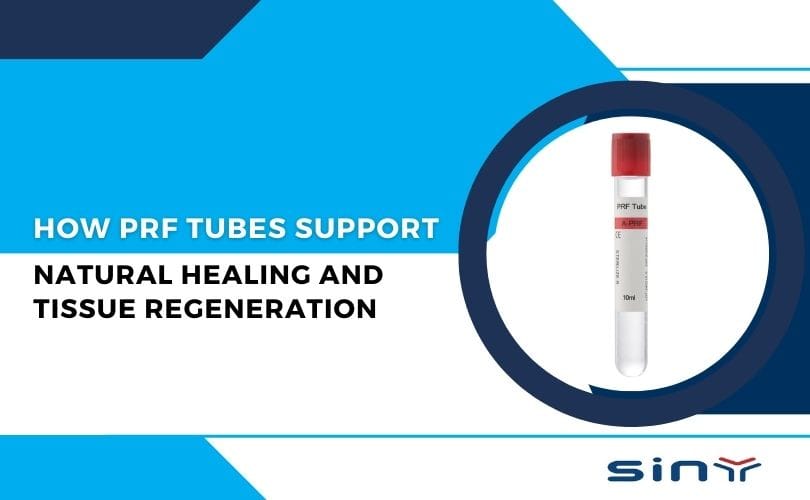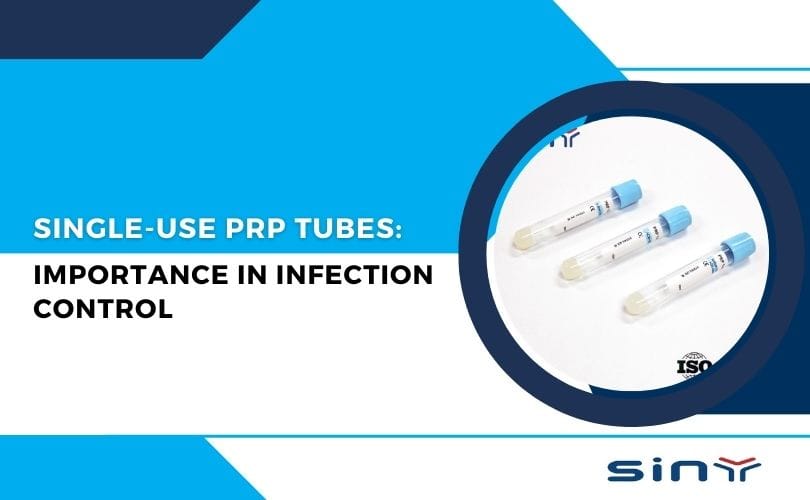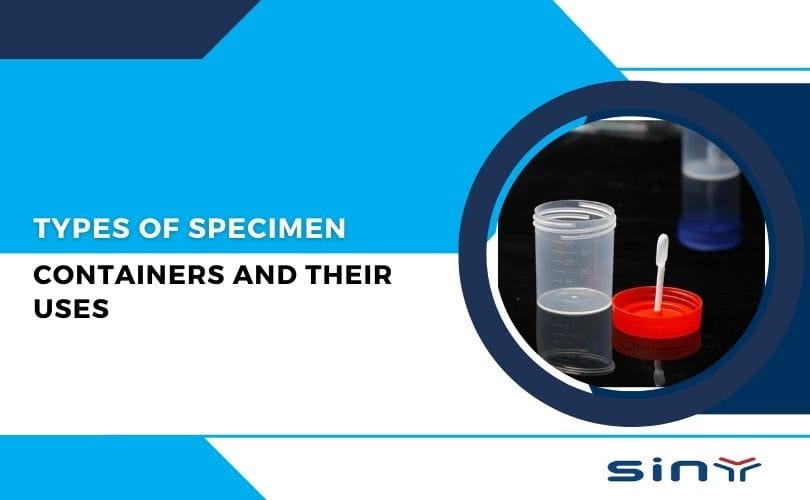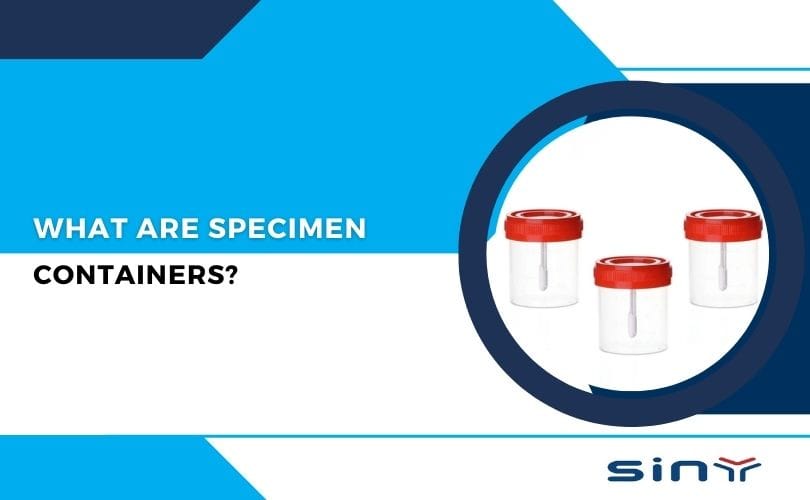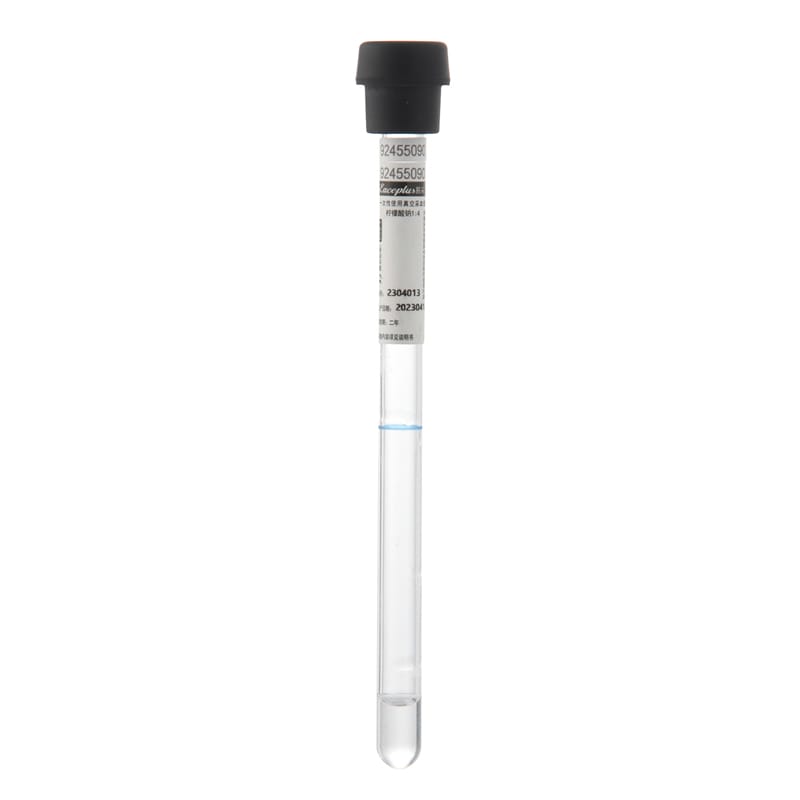Platelet-rich plasma (PRP) therapy is a siny medical treatment that harnesses the body’s natural healing processes to treat various conditions. By concentrating platelets from the patient’s blood, PRP therapy accelerates healing in injured tissues, making it a versatile and promising option in regenerative medicine.
Table of Contents
What is PRP Injection?
PRP injections, made from your blood, help heal injuries by delivering platelet-rich plasma to the affected area. They are used for treating sports injuries and wounds after surgery. A cosmetic procedure can reduce wrinkles and treat other signs of aging.
Plasma is the liquid portion of blood. It is mostly water and protein. During blood circulation, it helps red and white blood cells and platelets move. Platelets also make blood clots and are involved in the healing process.
Pre-PRP Injection Precautions
PRP therapy should allow patients to resume normal daily activities immediately after the procedure. As PRP fills the injury site with fluid, it is normal to feel like the area is swollen and tender, just as if you had suffered a sprain. Most patients can relieve this discomfort with over-the-counter pain relievers, such as acetaminophen (Tylenol).
Before the PRP Therapy session, physicians will explain what to expect. Before your session, it is helpful to keep these things in mind:
- Discontinue anti-inflammatory medications at least five days before the procedure
- Stop taking any herbs or supplements that thin the blood one week before the procedure
- Discontinue systematic steroids a week or two before the procedure
- Steroid injections should be stopped at least a month before the procedure
- Consume a healthy breakfast and plenty of water before the procedure.
Preparing for PRP Therapy
Preparation for PRP therapy involves a thorough evaluation by a healthcare professional to determine suitability for the procedure. Patients may need to discontinue certain medications and supplements before the treatment to avoid interference with platelet function. Staying hydrated and following pre-procedure instructions are crucial for optimal results.

Post-injection Care and Recovery
After the PRP injection, patients may experience mild swelling, discomfort, or bruising at the injection site. It’s essential to follow post-procedure instructions, which typically include rest, avoiding strenuous activities, and applying ice to reduce swelling. Recovery time varies depending on the treatment area and the individual’s health.
Step-by-Step Guide to PRP Injection
Step 1: Collect the patient’s blood.
A minimum of 15 to 50 milliliters of blood is required for the procedure. A collection needle is inserted into a vein in the arm, and the blood is collected in a small vial (used for IPPOCARE Classic PRP tubes).
Step 2: Centrifuge your blood.
The centrifuge is a device that spins at high speeds. During this process, the solid and liquid components of the blood are physically separated: red blood cells (erythrocytes), white blood cells (leukocytes), platelets (thrombocytes), and plasma (liquid).
Step 3: Collect the platelets and process them.
Platelet-rich plasma contains up to five times more platelets per milliliter than regular blood. A syringe collects three to seven milliliters of plasma-rich platelets for immediate administration.
Step 4: Inject PRP at the desired site.
Platelet-rich plasma syringes contain approximately 1-2 teaspoons of fluid. Depending on the nature of the injury, PRP will be guided into the correct location using an ultrasound probe.
Do PRP Injections Work?
PRP (Platelet-Rich Plasma) injections have shown promising results in various applications, but their effectiveness can vary depending on the condition being treated and the individual patient. Here’s a breakdown of how PRP injections work perform in different areas:
- Orthopedic Conditions: PRP injections often treat musculoskeletal injuries and conditions such as tendonitis, ligament injuries, muscle injuries, and arthritis. Studies have shown that PRP can effectively reduce pain and improve function in conditions like chronic tendon injuries (e.g., tennis elbow) and knee osteoarthritis. However, results can be inconsistent, and more rigorous studies are needed to determine the optimal preparation and application of PRP for these conditions.
- Cosmetic Procedures: In aesthetic medicine, PRP is used for facial rejuvenation (often known as the “vampire facial”) and hair loss treatment. PRP stimulates collagen production and hair growth by enhancing blood supply to the treated area. While many patients report positive outcomes, the scientific evidence supporting PRP’s efficacy in cosmetic procedures remains mixed, and more standardized research is needed.
- Surgical Healing: PRP has been explored to enhance post-surgery healing, particularly in orthopedic surgeries, such as rotator cuff repair. Some studies suggest that PRP may help reduce inflammation and promote faster healing, but these findings are only sometimes accepted, and outcomes can vary widely.
- Sports Injuries: PRP is popular among athletes for treating acute sports injuries and speeding up recovery. While anecdotal evidence and some clinical studies suggest benefits, the scientific consensus is that more definitive research is required to establish its effectiveness reliably.

Common Uses of PRP Injections
PRP for Joint Pain and Osteoarthritis
PRP therapy has shown significant promise in treating joint pain and osteoarthritis. By reducing inflammation and promoting cartilage repair, PRF injections can improve joint function and alleviate pain, offering many patients a viable alternative to corticosteroids and surgery.
PRP in Sports Medicine
Athletes and active individuals often turn to PRP therapy to expedite recovery from sports-related injuries. Whether it’s a torn ligament, tendonitis, or muscle strain, PRP injections help accelerate the healing process, enabling athletes to return to their activities more quickly and safely.
PRP for Hair Loss Treatment
PRP therapy is popular for addressing hair loss and stimulating hair growth. By injecting PRP into the scalp, the growth factors can invigorate dormant hair follicles, increase blood flow, and promote healthier, thicker hair. This non-surgical approach to PRP tubes for hair restoration has gained widespread acceptance and positive results.
PRP for Skin Rejuvenation
In aesthetics, PRP therapy is celebrated for its benefits of skin rejuvenation. Also known as the “vampire facial,” PRP injections can improve skin texture, reduce fine lines and wrinkles, and enhance overall skin tone. The procedure stimulates collagen production, creating a more youthful and radiant appearance.
PRP vs. Other Treatments
PRP vs. Corticosteroid Injections
While corticosteroid injections are commonly used to reduce inflammation and pain, they may have potential side effects, such as weakening of tendons and bones over time. PRP injections, on the other hand, promote natural healing and tissue regeneration without the adverse effects associated with steroids, making them a preferable choice for long-term management.
PRP vs. Hyaluronic Acid Injections
Hyaluronic acid injections are often used to lubricate joints and alleviate pain, particularly in osteoarthritis patients. However, PRP therapy offers the added benefit of repairing damaged tissues and promoting regeneration. Comparing these treatments helps patients and healthcare providers make informed decisions based on individual needs and conditions.
PRP vs. Surgical Options
Surgical options for chronic pain and injuries can be invasive and come with extended recovery times. PRP injections provide a less invasive alternative with quicker recovery and fewer risks. While surgery may still be necessary in severe cases, PRP therapy offers a promising option for those seeking non-surgical treatments.
Final Thoughts
Platelet-rich plasma (PRP) therapy represents a significant advancement in regenerative medicine, offering a natural and effective treatment for various conditions.
PRP therapy’s broad applications, from treating joint pain and sports injuries to revitalizing skin and stimulating hair growth, highlight its versatility and efficacy. The procedure’s safety profile and ability to promote natural healing make it an appealing option for many patients.
FAQs: PRP Injections
What is PRP, and how is it prepared?
PRP, or Platelet-Rich Plasma, is a concentration of platelets derived from the patient’s blood. The preparation involves drawing a small amount of blood and then placed in a centrifuge.
How long does it take to see results from PRP therapy?
Results from PRP therapy can vary depending on the condition being treated and the individual patient. Typically, patients may notice improvements within a few weeks following the injection.
Are PRP injections painful?
PRP injections involve some level of discomfort, similar to other injection-based treatments. The procedure typically uses a fine needle, and local anesthesia can be applied to minimize pain.
How many PRP sessions are typically needed?
The number of PRP sessions required can vary based on the treated condition and the patient’s response to therapy. For some, a single injection may suffice, while others might need three to four injections spaced a few weeks apart.
Can PRP injections be combined with other treatments?
PRP injections can often be combined with other treatments to enhance results.
What should I expect during the recovery period?
Recovery from PRP injections is generally quick, with most patients resuming normal activities within a few days.



